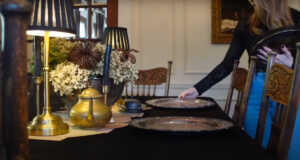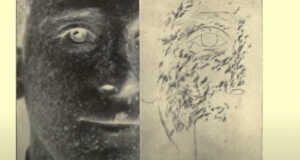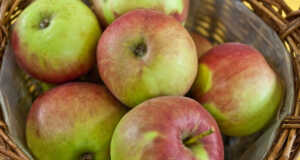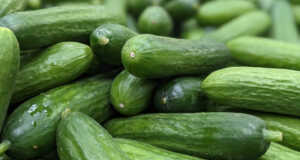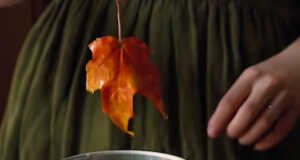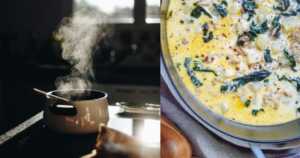Throughout the recent decades, the Thanksgiving menu seems to have its own sort of rhythm, filled with the same dishes, traditions, and expectations piled onto that chilly Thursday in November. Yet look back over a hundred years, and the same food traditions for this harvest holiday have a different look to them.
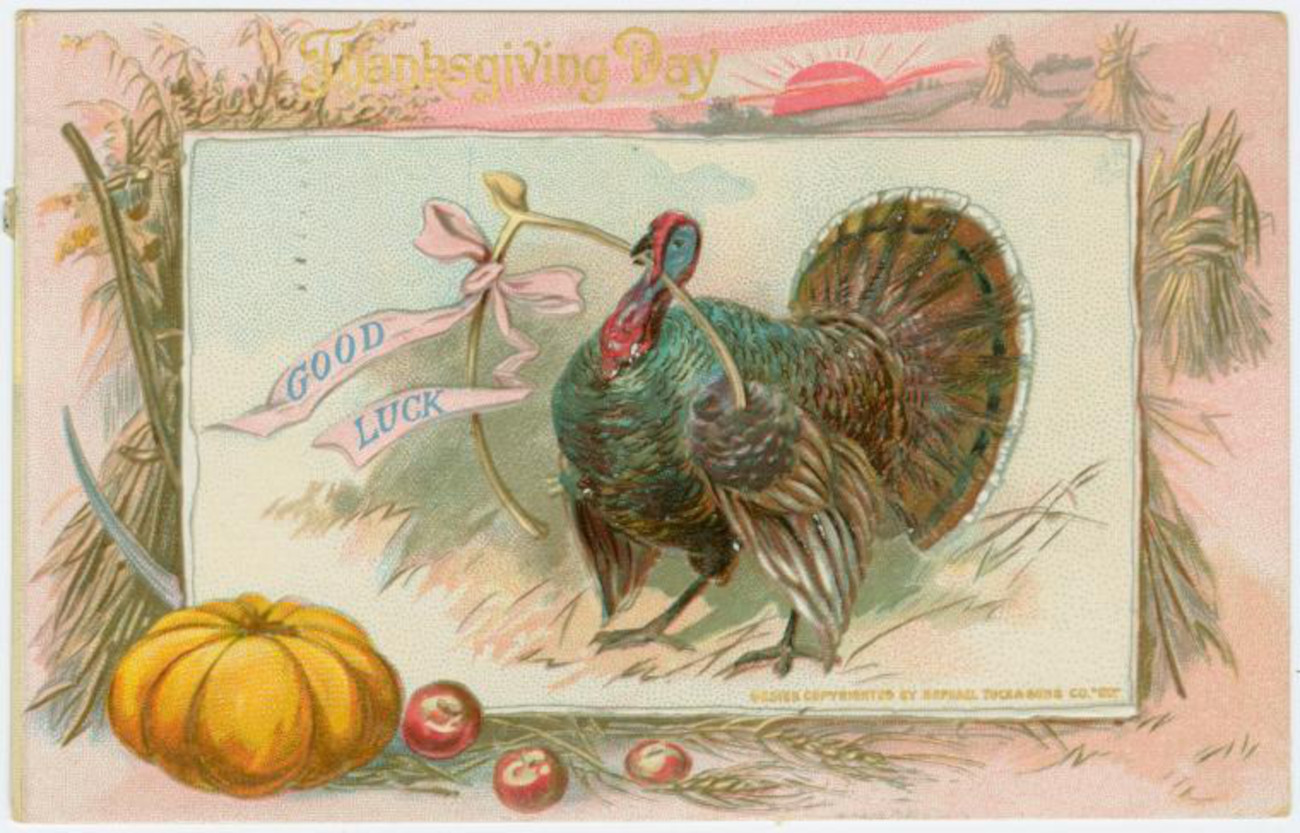
Today turkey might be the main character of today’s Thanksgiving, but back in the Victorian era, the turkey shared the stage with a variety of proteins, one of the most popular being oysters.
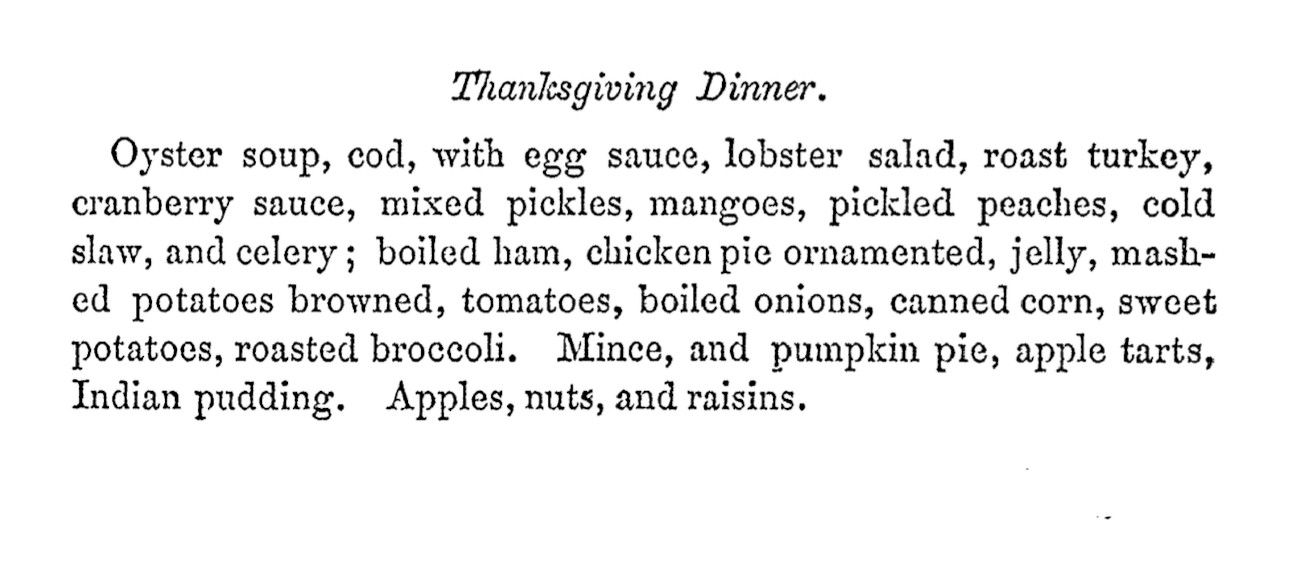
Oysters had always been apart of the American diet starting from the days of the first established colonies, yet during the 19th century, oysters were eaten in a frenzy, causing excessive harvesting up and down the eastern seaboard. Oysters were a common feature of Thanksgiving menus, served either in shell (raw or broiled), or in a creamy oyster soup or pot pie. Oysters were mixed with bread and would become the filling in the turkey’s stuffing. Not only were oysters inside the turkey but would make their way into, what we would call, an oyster gravy. Oyster sauce was a more common accompaniment to turkey than today’s classic turkey-rendered gravy. Oysters would be boiled in their own broth alongside white wine, mace, flour, and butter.
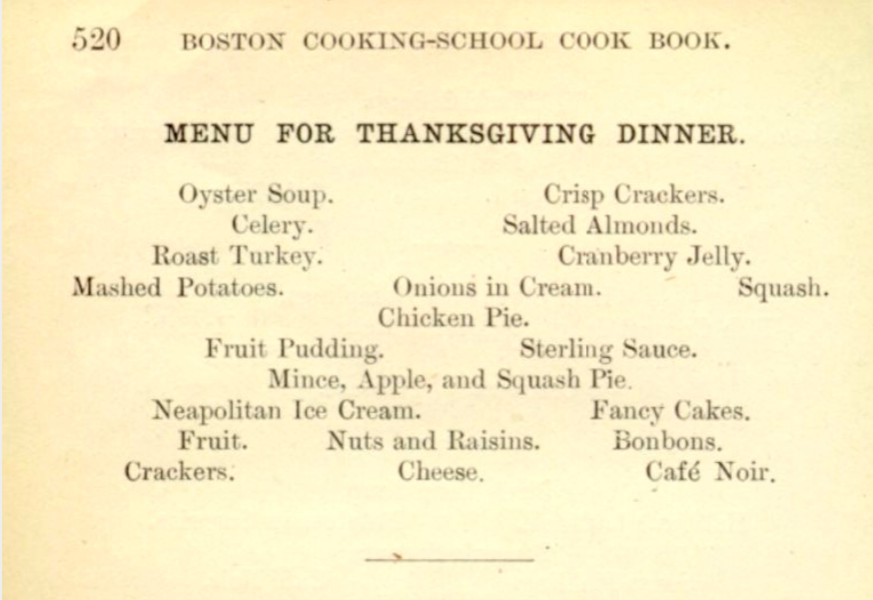
Cod, especially salt cod, had been a staple in the American colonies even after the country was established. A lot of European countries — from Scotland, England, Norway, and Finland have a history of cod with egg sauce. With its accessibility on the American East Coast, cod was a common staple on the dinner table, even for special occasions. On Thanksgiving menus, cod is paired with egg sauce as a rich and creamy to make an otherwise commonplace fish special.
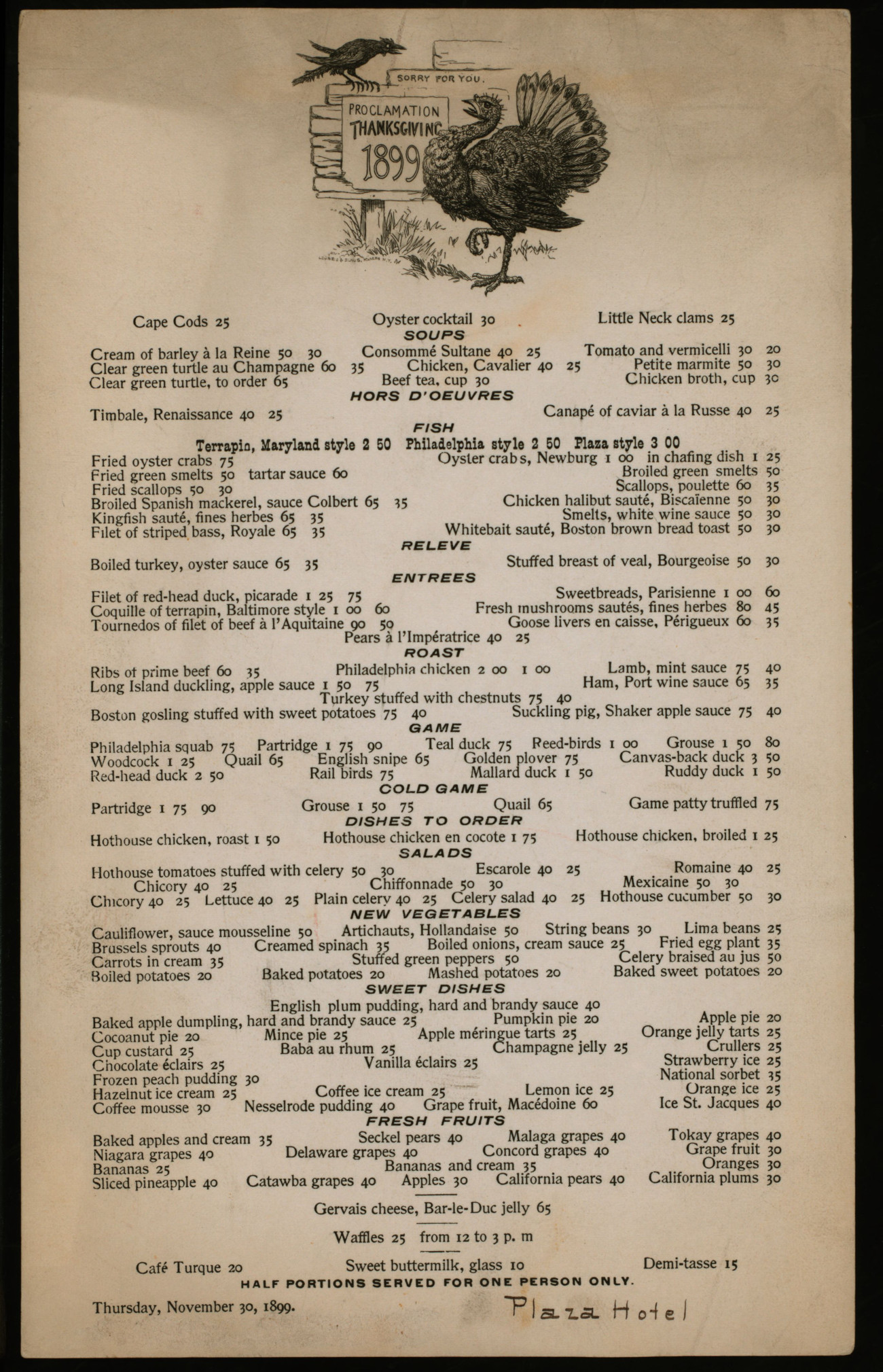
Coleslaw, celery, and lettuce salads make an appearance at the Victorian Thanksgiving. Considered to have cooling and refreshing properties, they balanced the heavier dishes on the holiday table.
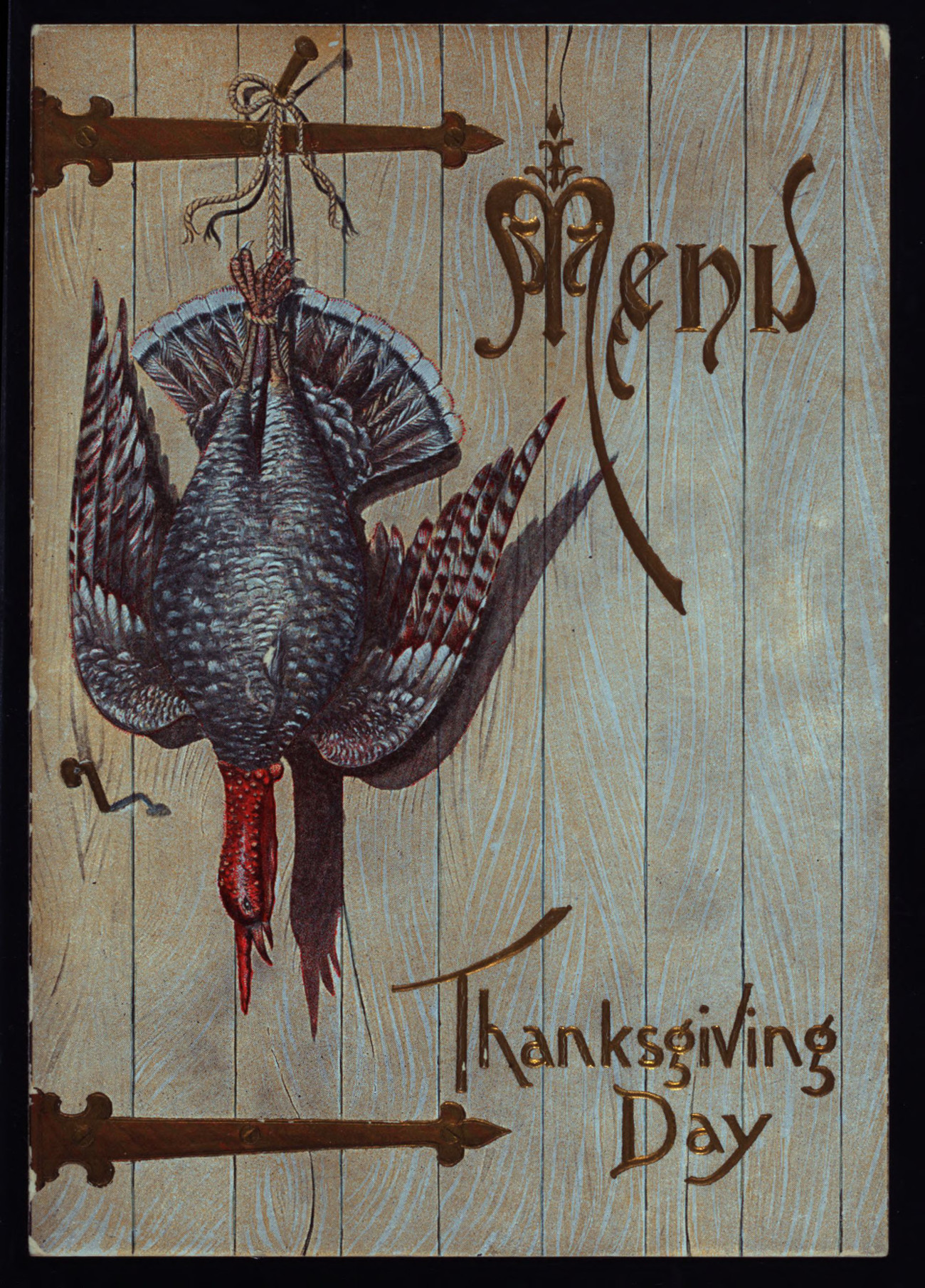
Potatoes make their way to the dinner table in a variety of forms. Potatoes timbale, potatoes mashed and stuffed into a mold and baked, is one of the more elegant ways of presenting the humble spud. Mashed potatoes browned, as featured in one of the holiday menus, is similar to a twice-baked potato where the mashed potatoes are put back into the oven to be baked and browned again. One menu features potato puffs, which are a light and air-filled bready side that has the similar qualities of a pate choux — meaning it’s more similar to a bread than an actual potato!
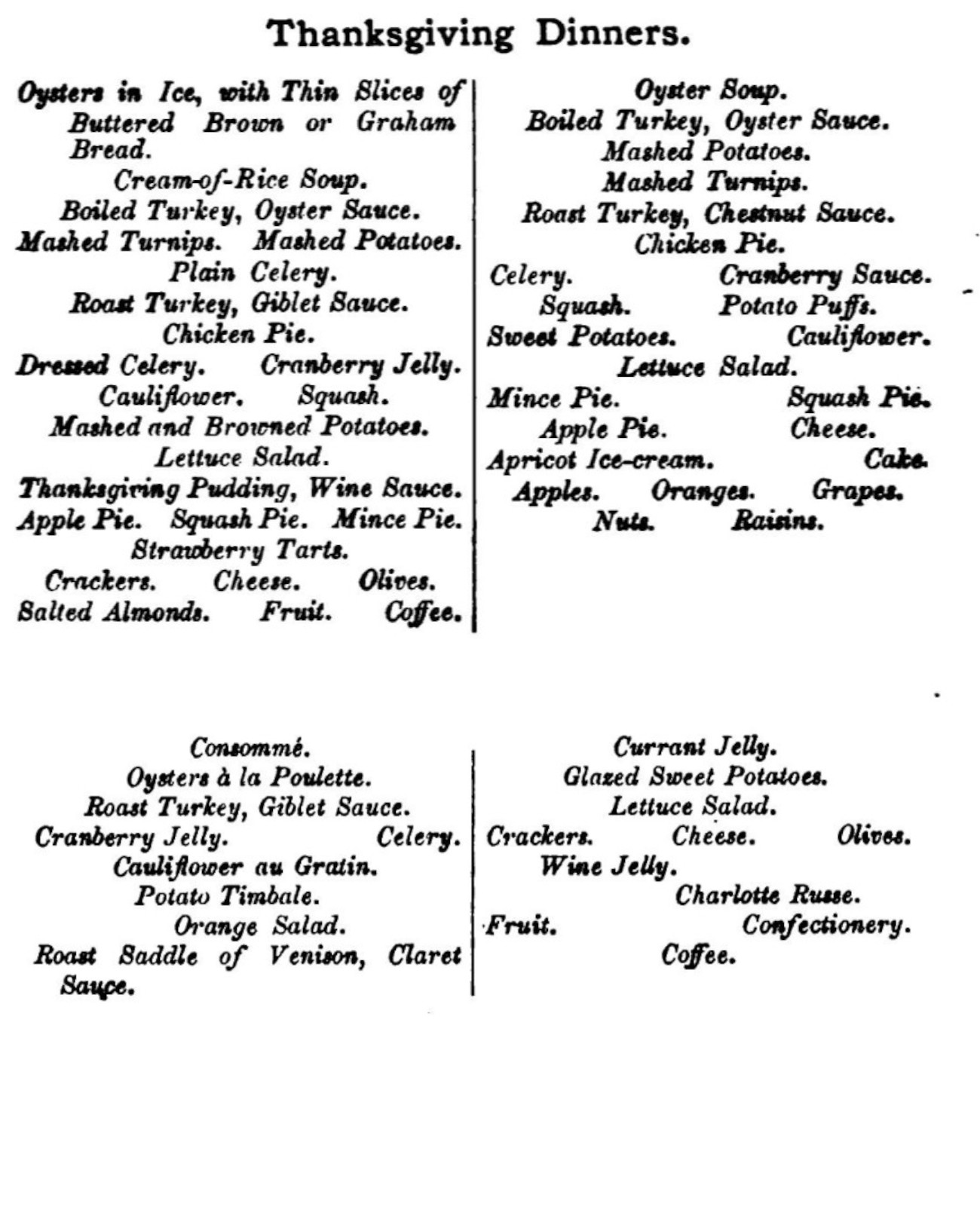
Pies are probably some of the dishes that closely resemble to what we have at a Thanksgiving table today. Yet it is not a solo dessert, as the menus also include fresh apples, nuts, cheese, ice cream, Charlotte Russe, Indian pudding, and bonbons.
As the years progressed, the Thanksgiving menu evolved. Gone was the sterling dessert cream sauce, chicken pie, and oyster soup. The essential ingredients of the season — turkey, cranberry, squash, and potatoes have lasted on into the centuries, yet bringing back a bit of Victorian edge to your next holiday meal wouldn’t be a bad idea!

